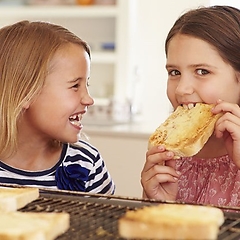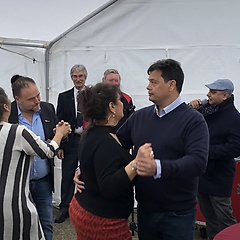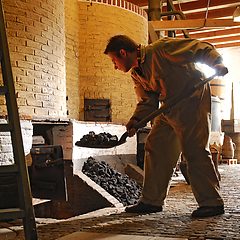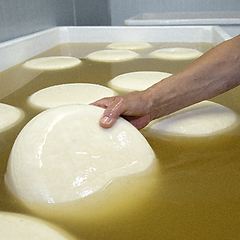Distillation of traditional genever (or jenever = Dutch gin) is done with purchased malt wine, juniper berries and herbs, and liqueur is distilled with brandy, purchased alcohol, fruits, nuts, flowers and herbs in kettles, on the basis of the original recipes. Through a rectifying still the distillate is twice distilled, the first time in the fine still, after which the rectifying still takes care of correction. All distillates must rest for a certain time after distillation, in stone pots, oak barrels or otherwise. The different jenever distillates are processed to a type of jenever and this will be left to ripen in oak barrels again for at least three months, up to twenty years, depending on the type. Jenever and liqueur are often drunk at special occasions, like Bruidstranen (bridal tears) at a wedding and Kandeel after a birth. Van Wees also distils new ingredients, at the request of specific customer groups, for instance lavender, celery, garlic and pepper. They also produce modern liqueurs, like those made of vegetables and yuzu, and thus innovations are created. Liqueurs often bear playful names, like Hempje licht op, Papegaaiensoep and Naveltje bloot (Lift-up camisole, Parrot soup and Naked belly button).



